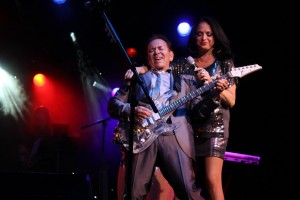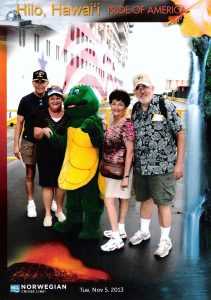
At the Big Island Candy Factory we were met at the door by a super friendly staff member, who immediately offered fresh sweets and coffee! The facility is clean and modern with large windows through which we observed staff creating a variety of hand-made chocolate treats.
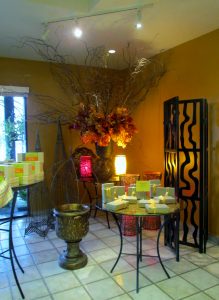
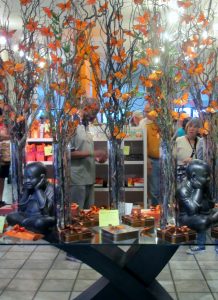
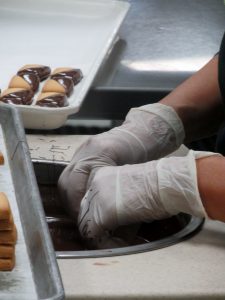
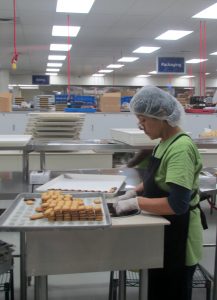
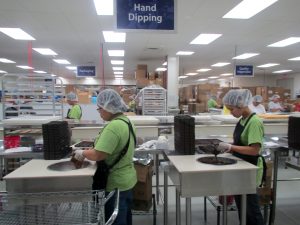
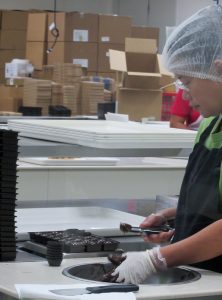
The Thomas A. Jaggar Museum is a museum on volcanology with displays of equipment used by scientists in the past to study the volcano, working seismographs, and an exhibit of clothing and gear from scientists who got a bit too close to lava. The overlook, outside the building, offers an incredible view of the main crater, Halema’uma’u. Along the rim there were interpretive displays about Kilauea, one of the world’s most active volcanoes. We were hoping to see the lava but they keep you a safe distance from it.

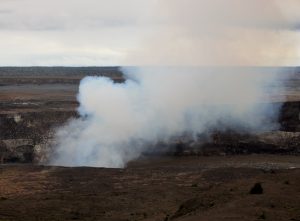
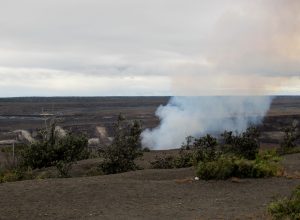
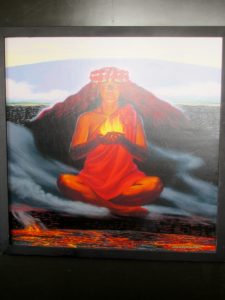
In May 2018 the facility was closed and the property evacuated due to collapse explosions at Halema’uma’u Crater and earthquakes related to the 2018 lower Puna eruption that also led to the closure of the Kīlauea unit of Hawaii Volcanoes National Park.
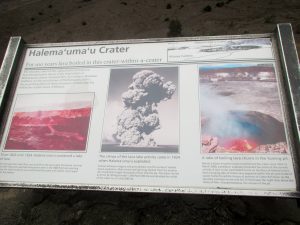
Nahuku also known as the Thurston Lava Tube, an easily accessible lava tube, was discovered in 1913 by Lorrin Thurston. We left the bus and walked the short distance to the entrance.
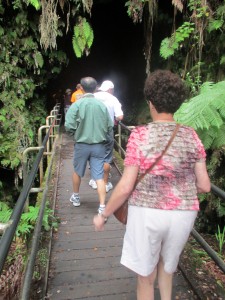
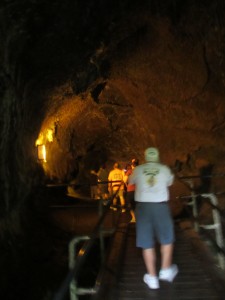
It was hard to think that we were walking where red lava once flowed. We also were told that lava currently travels from Pu’u O’o, flowing to the ocean in a labyrinth of lava tubes much like the tube we were walking through. We had to watch our heads in the tube – there are some areas where the ceiling was low. At one time it was discovered the roof of the tube was covered with lava stalactites, but those soon disappeared to souvenir collectors.
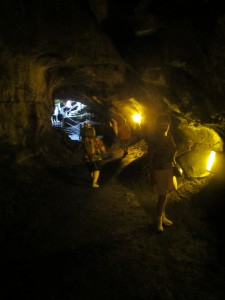
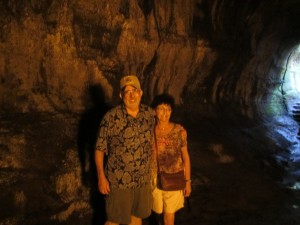
It was very dark in the tube with just a few lights so you could see without falling.
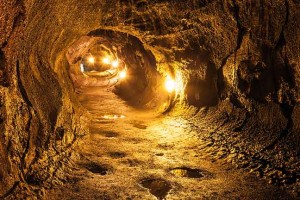
Along Crater Rim Drive we came to Klauea Iki Overlook. We got off the bus and walked the 1/2 mile section of the Crater Rim Trail to the Overlook. The crater looked fairly tranquil but, in 1959 it was a seething lava lake, with lava fountains up to 1,900 feet. From the rim it is difficult to comprehend the scale of Klauea Iki. The crater is a mile long, 3,000 feet across, and the floor is 400 feet below the overlook.
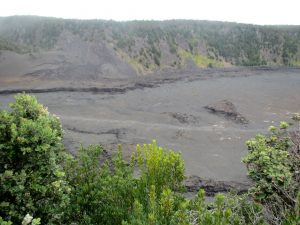
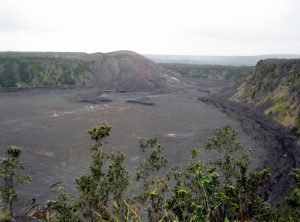
On this photo, we zoomed in so we could see the hikers in the crater.
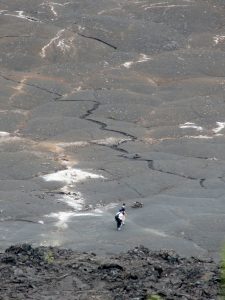
We drove along Chain of Craters Road in Volcanoes Nations Park. It was a 19-mile winding paved road through the East Rift and coastal area of the island. The original road, built-in 1928, connected Crater Rim Drive to Makaopuhi Crater. The road has had parts covered by lava several times due to eruptions of the Kilauea volcano.
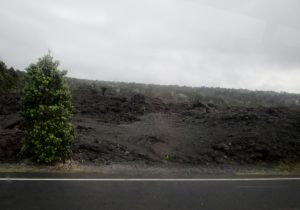
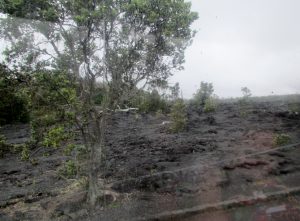
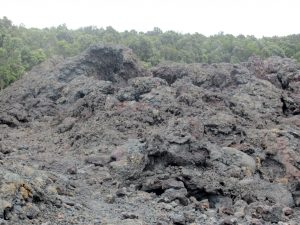
As we drove along we saw collapse craters. The collapsed crater was form primarily when lava drains out of chambers beneath the surface, causing the surface to collapse-in to fill the void. These craters are characterized by deep pits with no air fall debris on the rims, indicating a lack of eruptive or explosive events in their formation.
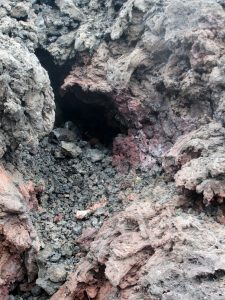
We stopped at Lua Manu, which was interesting in particular because it was partially filled by a small lava stream that flowed into it during the 1974 Kilauea eruption.
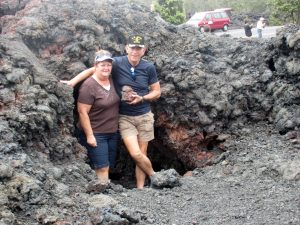
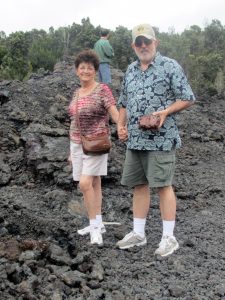
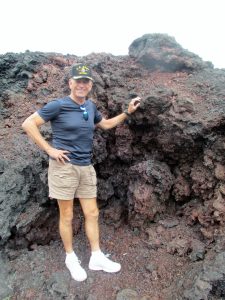
We boarded an air-conditioned van at the pier and listen to our local guide as we took a scenic and narrated tour through Hilo’s bay front and the lush Hamakua Coast in route to the Hawaii Tropical Botanical Garden. The 40-acre valley is a natural greenhouse, protected from buffeting trade winds and blessed with fertile volcanic soil. At the entrance gate to the Garden, we were greeted by the Garden’s gate-keeper who answered questions and then sent us off into the tropical jungle. A 500 foot long elevated boardwalk winds down the steep walled ravine of Kahalii Stream that is now dry because of a 1949 landslide.
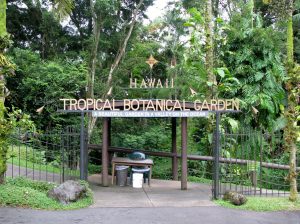
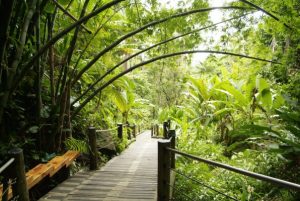

The Garden’s collection of tropical plants is international in scope. Over 2,000 species, representing more than 125 families and 750 genera, are found in this one-of-a-kind garden. At a time when rainforest plants are disappearing at an alarming rate, the Garden is working to preserve as many species as possible for the benefit of future generations.
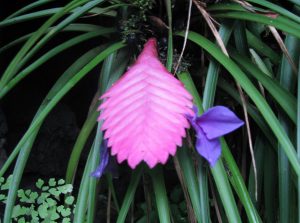
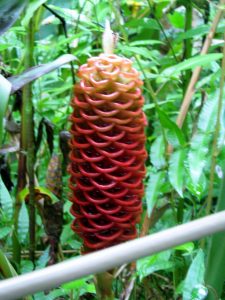
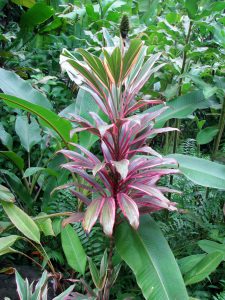
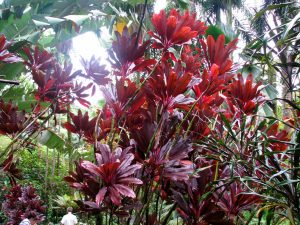
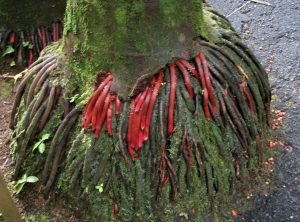
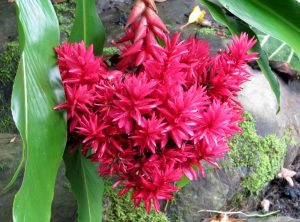
Throughout this garden valley, nature trails meander through a true tropical rainforest, crossing bubbling streams, passing several beautiful waterfalls and the exciting ocean vistas along the rugged Pacific coast. The Garden is also home to a Statue of Ku, the Hawaiian God of War, carved from a Monkeypod Tree that once stood in the Garden. Macaws live inside the Founders’ birdhouses and there is also a wishing well.
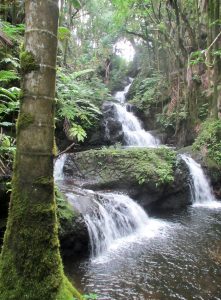
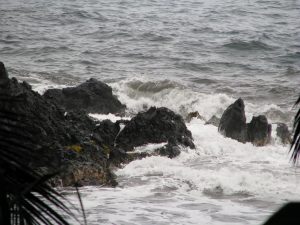
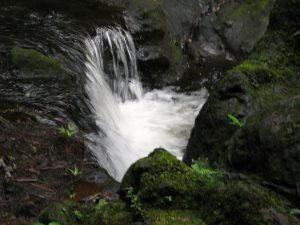
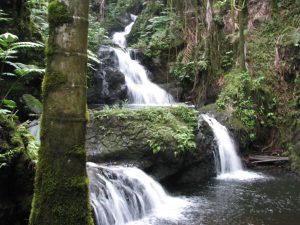
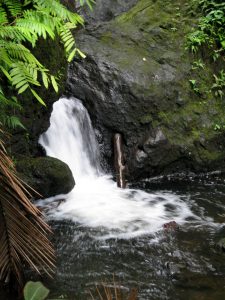
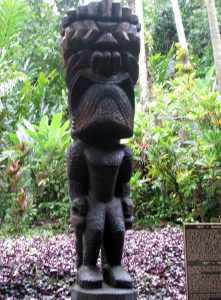
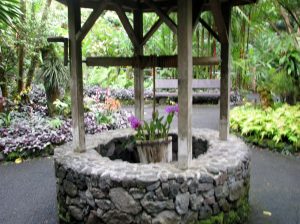
After a day in Hilo sightseeing, it was time to relax with the show of the evening “Never Too Old To Rock N’ Roll” with Toby Beau. Toby is a RCA recording artists, who skyrocketed to the top of the Billboards with their pop ballad #1 hit, “My Angel Baby” in the 70s. They, he and his wife Rennetta, have toured with major artists and bands such as Bob Seger, the Steve Miller Band, and the Doobie Brothers. In other words, they had a one hit wonder. Their hit didn’t ring a bell with me until I heard it. It was a great show with The Wave, the ships musicians that played for the different shows. They were very talented. A very talented couple and put on a great show forcing on 70s rock.
